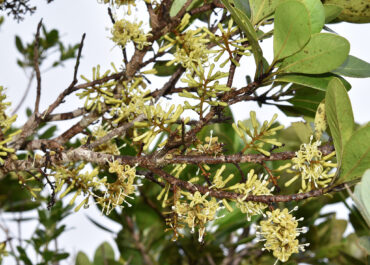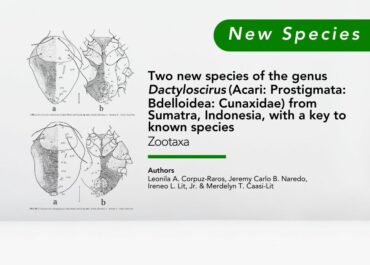Cristian Lucañas and his two new LOTR-inspired cockroach genera
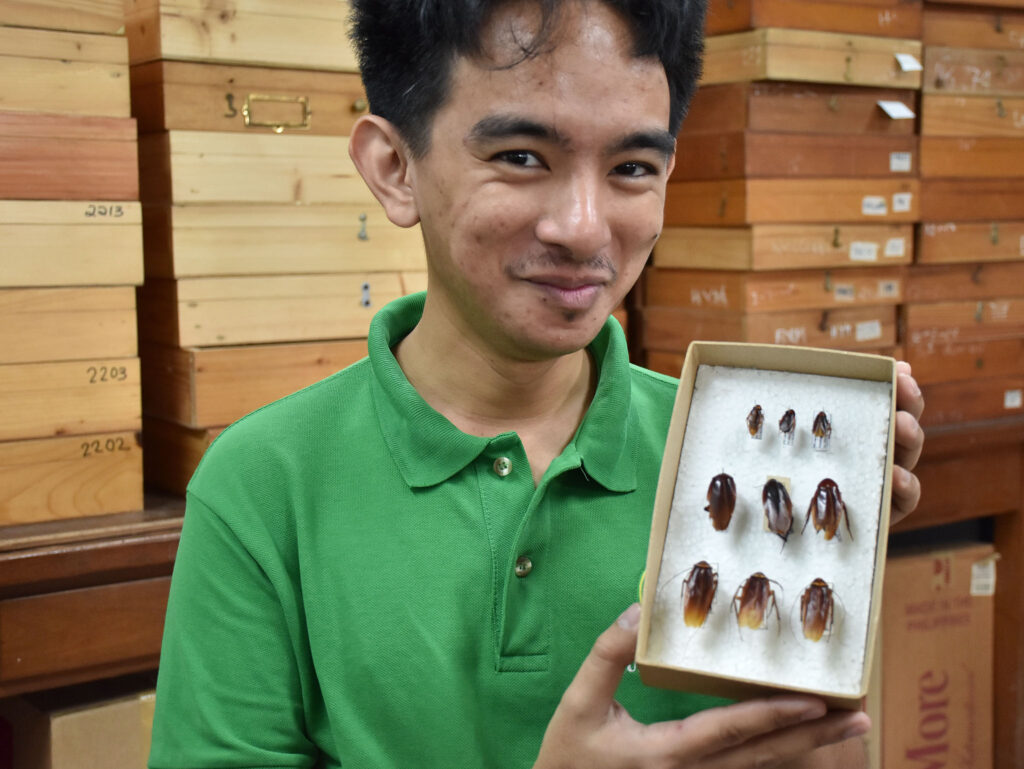
Cristian Lucañas, an insect taxonomist at the UPLB Museum of Natural History, is a young man on a mission. Just below his 30s, he has already described/co-described more than 14 species of cockroaches and other insects.
Last week, as a result of his continuing studies to revise the cockroach genus Periplaneta, he furthered his beloved “notoriety” as being the Philippines’ foremost and youngest expert on cockroaches by erecting two new genera of this group of crawlies.
Of all things to burn one’s eyebrows for, we ask, “Why the house cockroach?” The house cockroach, P. americana has become the most common member of the genus Periplaneta, widely distributed in all continents, except Antarctica. “Intriguingly, the genus Periplaneta of the Order Blattodea is like a hodgepodge of 56 known species, for a number of reasons,” Lucañas revealed in an interview.
A chaotic world of cockroaches
According to him, a number of Periplaneta species have been temporarily “parked” there because they could not be categorized under another genus when they were originally described. “Periplaneta is like a cockroach taxonomist’s waste bin,” he said laughingly.
The genus is highly polyphyletic, meaning, it has species that may have origins, morphologically or genetically, from another group of roaches. And although logically they should not be included there, they remain within Periplaneta because follow-up studies have not been done yet.
“Periplaneta badly needs taxonomic revision,” he said, referring to his paper which is the first of series of articles which will he aims to revise the genus.
In his paper “Revisions on the genus Periplaneta Burmeister, 1838 (Blattodea: Blattidae: Blattinae) part 1: two new genera from the Philippines and Borneo” published last 18 January 2023 in the journal Oriental Insects (https://doi.org/10.1080/00305316.2022.2164804), Cristian was able to redescribe the type species P. americana by studying and comparing 16 specimens from the UPLB Museum of Natural History to other specimens loaned from the California Academy of Sciences, USA; Museum of Natural History in Geneva, Switzerland; and the Oxford University Museum of Natural History.
He was also able to redescribe in detail the male genital structure of Periplaneta, something which he found lacking in historical publications. His study has given support to the molecular findings of other scientists which phylogenetically placed Periplaneta closer to the genera Neostylopyga, Blatta, and Shelfordella.
“Let us just say, Periplaneta is a chaotic world, just like Middle-earth,” he analogized in reference to the imaginary world of men, hobbits, elves, and other beings living in a continent in Arda, a planet fictionalized by J.R.R. Tolkien who wrote the fantasy books “The Hobbit” and the three-part “The Lord of the Rings.”
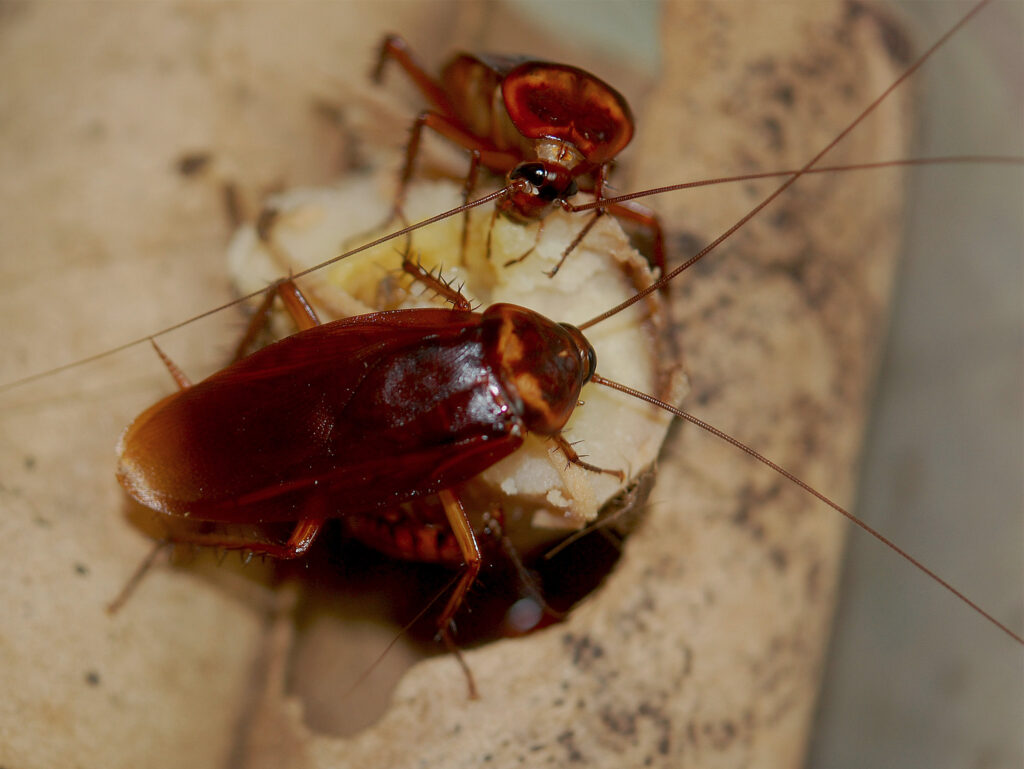
Hobbitoblatta, a new genus of small cockroaches from Luzon, Philippines
And in the course of his comparisons, Cristian was able to closely look at 8 more museum specimens from the MNH’s entomological collection. He later determined that those cockroaches were closely similar to ones from Periplaneta, but eventually placed them in a separate, new genus he enjoyingly termed as Hobbitoblatta.
“The specimens exhibit sexual dimorphism, which is absent in P. americana; and have four other morphological differences with Periplaneta specimens I was able to study,” he explained.
A self-professed “Lord of the Rings” nerd, Cristian said that he coined Hobbitoblatta from the combination of the word ‘Hobbits’, a fictional race of people in J.R.R. Tolkien’s famous book trilogy, and ‘blatta’ which means cockroach.
“I just wanted to hopefully make the cockroach much more relatable, especially if it named after the people which has endeared so many millions of readers,” he said.
To erect this new genus, Cristian assigned a male holotype specimen collected from the UPLB Hortorium in 2016 and gave it the name Hobbitoblatta lambioe. Based on MNH’s collections, H. lambioe occur on Mt. Makiling, Laguna; in the Laguna-Quezon Land Grant in Siniloan, Laguna; and in the Polillo Islands in Quezon; all in the Luzon Island Group.
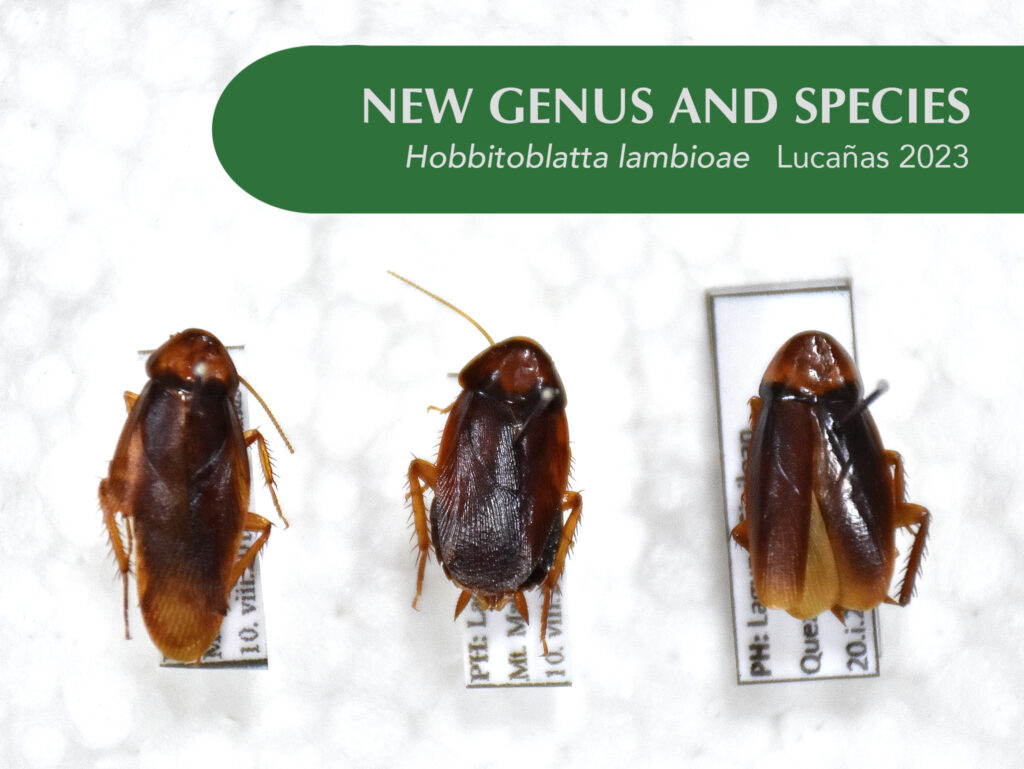
The new species has been named by Cristian after Ivy Amor Lambio, a botanist and curator for bryophytes and the Hortorium at the UPLB Museum of Natural, and also an avid fan of Tolkien’s works. (Special author’s note: The publication date of this article falls on Ivy Lambio’s birthday)
Nazgultaure, a new genus from Borneo Island, Malay Archipelago
In the course of studying specimens loaned from the Oxford University Museum of Natural History, Cristian came across several individuals of another Periplaneta species, P. lata, another species with confusing origin.
According to him, the species was originally named Blatta lata by German entomologist Johann Friedrich Wilhelm Herbst in 1786. “Herbst described this species as from ‘E. Indies’ without indicating a type or type series and just provided a vague illustration,” he said.
From the genus Blatta, it was then transferred to Periplaneta in 1904 by William Forsell Kirby. “Succeeding studies have suggested that P. lata could be a synonym of four other species,” Cristian added.
And while it has several characteristics which make it fall under Periplaneta, it also has others which are found in another genus, Dorylaea. Further, P. lata also possesses features that makes it differ from other species of the two genera.
According to Cristian, there is a strong possibility that the specimens designated as P. lata does really belong to a distinct tribe or even subfamily. “The best thing to do now, taxonomically, is to assign it to a new genus under the family Blattinae with the hope that other researchers will be take a look at it,” he said.
So, he erected the new genus Nazgultaure, and assigned a male specimen, collected in northwest Borneo in 1898, as the neotype.
The new genus takes inspiration also from the Lord of the Rings novels. “It is a combination of the word ‘Nazgul’, a secondary antagonist in the books, and the Quenya word, ‘taure’ which means forest,” Cristian explained. Quenya is a fictional language which J.R.R. Tolkien constructed for the Elves who lived in Middle-earth.
According to Cristian’s paper, the taxonomic position of Nazgultaure is a bit uncertain as it
possesses several characters which suggest that it may belong to another subfamily, Polyzosteriinae, a mostly flightless group of cockroaches.
“We need to study more old specimens or collect and describe new ones which we can place under Nazgultaure. Once we are able to do that, we may able to decide whether the genus belongs to a separate subfamily.
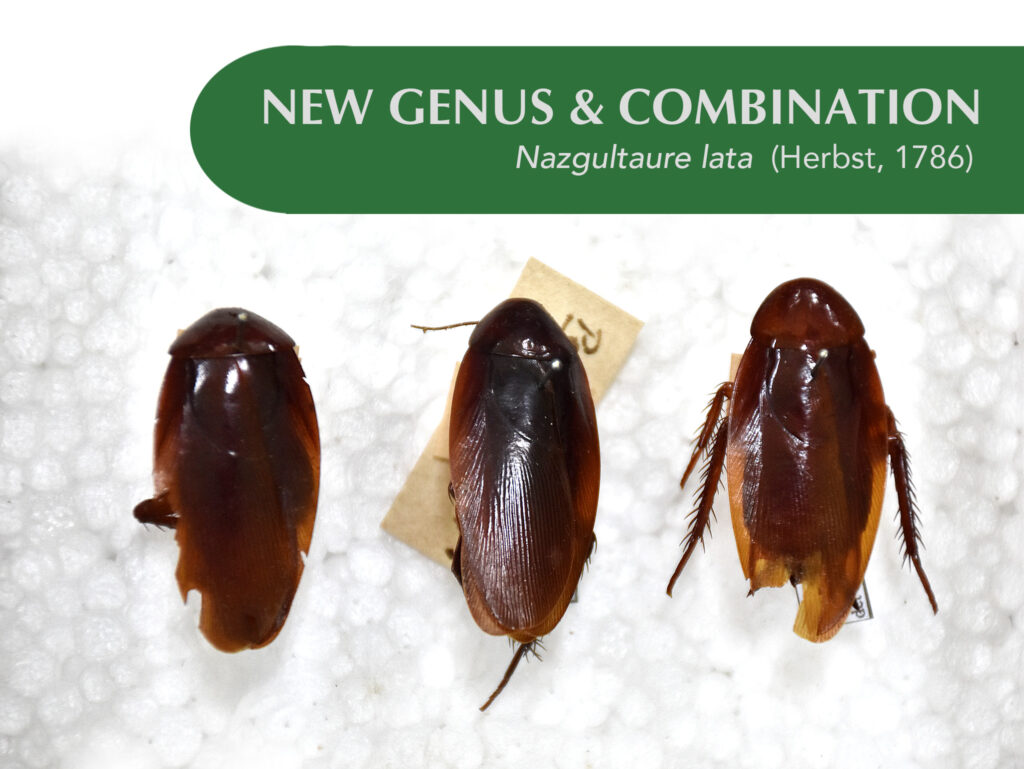
On continuing revising Periplaneta’s world
Aside from designating two new genera, Cristian has also assigned Periplaneta regina to another genus, Dorylaea. He was able to study two male specimens collected in Malaysia and loaned from the Geneva’s Museum of Natural History.
“In them, I found three characters which closely resemble those of cockroaches in Dorylaea,” he explained. D. regina is very similar in terms of size and coloration to Dorylaea heinzei which occurs in Sumatra.
Taxonomy and systematics, as a scientific field, is messy work to do, and that is why people with that expertise are scant. Every species discovered and described shakes up the so-called classification tree.
But there are times that a taxonomist has already reassigned a species to another genus or family but succeeding papers still refer it as from the original classification.
“It is hard to keep track of taxonomic revisions, especially if the scientific publications are not heavily cited or much worse, not seen and read due to limitations on access,” Cristian lamented.
For all its worth, Cristian is very much intent to ensure that Periplaneta become less chaotic in the future. A lot of researchers now are very much interested in the world of cockroaches because they have the potential to become more invasive as humans encroach into their natural habitats.
“We have to be on our toes, and discover and describe as many cockroaches as possible,” Cristian relayed. While cockroaches are seen to be hardy and resilient, humans’ penchant for abusing the environment make these species vulnerable to abrupt change.
“It is either we drive them to extinction or make them adapt and make our urban habitats a part of their own world,” he said.
Search
Archives
Categories
- Announcement (21)
- Feature (21)
- News (141)
- Press Release (55)
- Research (4)
- Services (3)

